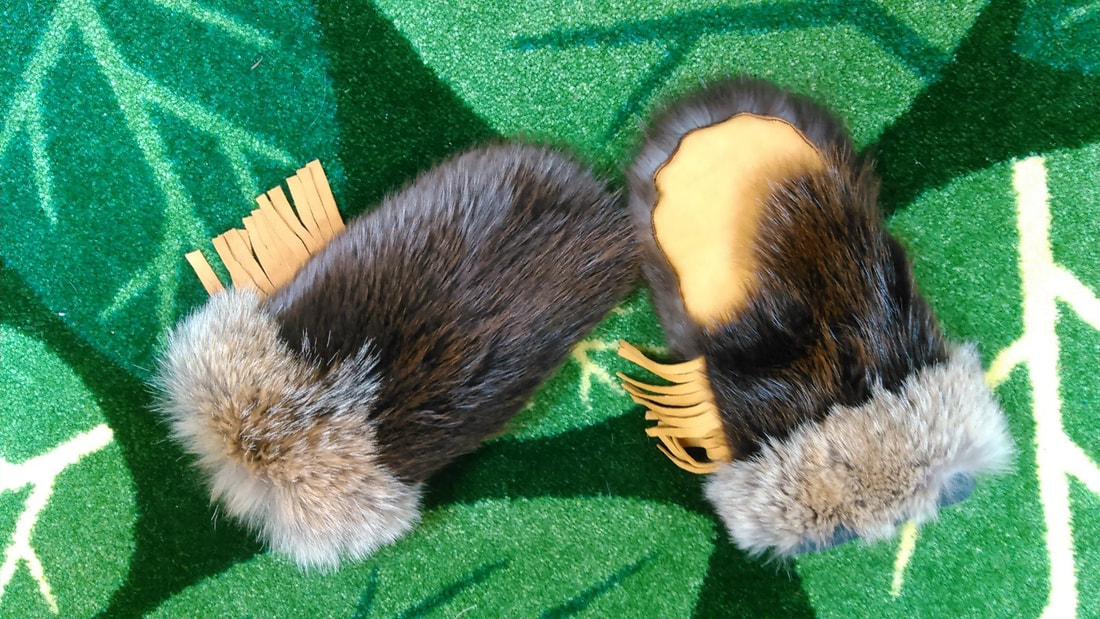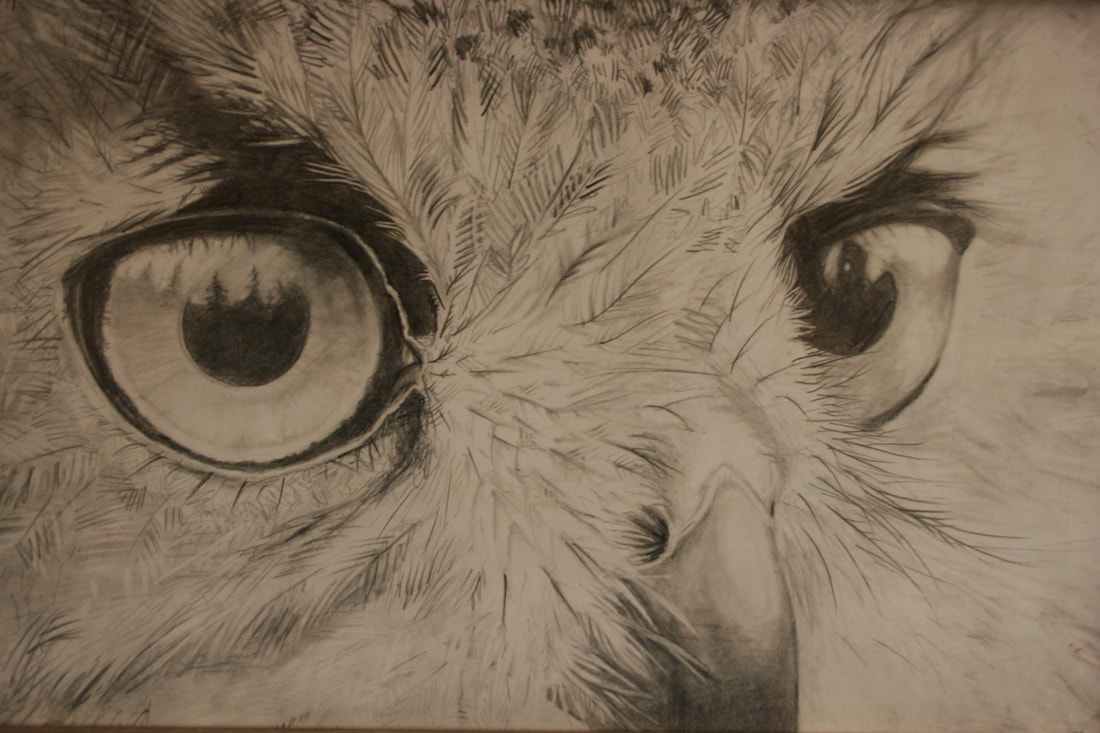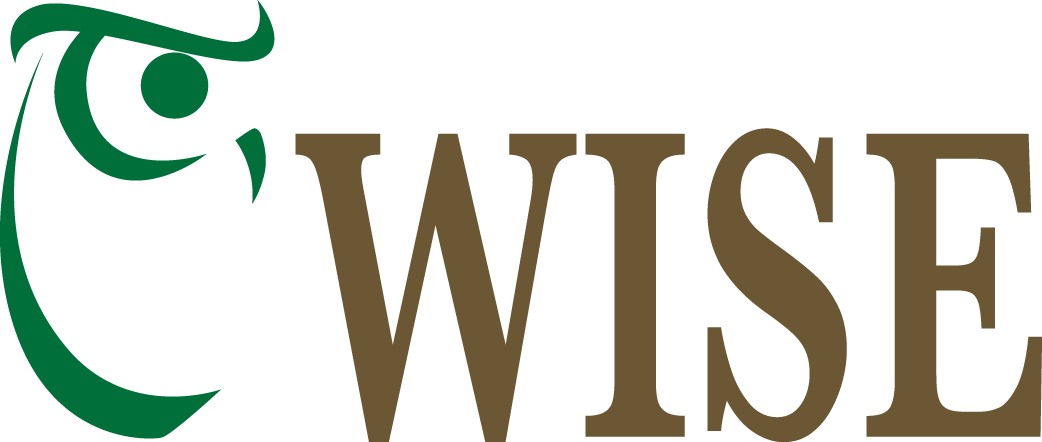|
Copper River Record December 2019 By Robin Mayo For the past month, Prince William Sound College students have been learning the traditional art of fur sewing, and making their own trapper hats, mittens, and parka ruffs. In Glennallen, ten students met every Thursday evening for concentrated sessions of learning to customize patterns, cut fur, and patiently assemble their creations. In between classes, they spent countless hours sewing. In Valdez, a class of four met for a marathon weekend, nearly completing their projects in two long days of companionable work in pleasant company. Last January, 19 students in Glennallen and Kenny Lake also went through the course and made an amazing array of useful garments. In the grand scheme of human existence, the modern textile arts that we take for granted are a relatively new thing, with a few thousand years of spinning, knitting, weaving and felting to make fabrics. Every item required countless hours of highly skilled work. The inexpensive mass-produced garments that we so take for granted today have only been around since the industrial revolution. Before all that, harvesting, tanning, and sewing garments out of animal pelts was the only option for making clothing to keep us warm and protected from the elements. I like to remind my fur sewing students that no matter where their ancestors lived, some time long ago, or not so long ago, someone was an expert at creating clothing out of fur and leather. Learning to sew fur can be a daunting task, but remembering that it is in our DNA somewhere can help us trust ourselves to take the plunge. Fur sewing is always an act of transformation, steeped in tradition and made sacred by the fact that lives were ended prematurely to make it possible. Beginning fur sewers who are experienced seamstresses and quilters sometimes find it challenging, because the process, rules, and possibilities are so different. Some of the students have barely sewed a stitch in their lives, and although they have to work hard to learn to manage needle and thread, in some ways their path is the easier one. The pelt of an animal is at once a very challenging, and also very forgiving medium. The direction, length, and colors of the fur need to be considered carefully to transform an animal-shaped pelt into a garment. The slightest error can look terrible, but there are also possibilities for carefully piecing together furs to get the shapes and look you want. Carefully planned seams become invisible if the fur matches. And a wrong cut can always be re-stitched so that only the most careful observer will be able to tell what happened. Modern fur sewers have the option of incorporating non-traditional materials such as nylon, polarfleece, and synthetic insulations. And of course we are incredibly grateful that our process does not start with tanning hides, making bone needles, and painstakingly preparing sinew thread. One of the Valdez students made overmitts out of home raised and tanned rabbit skins with beautiful results but countless hours of dedicated work. Several of the students up-cycled garments from the thrift store or their own closets for their projects. I’ve been offered quite a few fur coats to recycle but have always found the skin is too brittle or the fur not attractive enough to make it worthwhile. But we used wool shirts, suit coats, and even a Carhartt jacket for the shells of hats, and cut up quilted or polarfleece clothing for insulating liners. Who knows, maybe a day is coming when we won’t be able to purchase clothing cheaply at stores, and will need to turn more to self-reliant skills like fur sewing. I’m proud of these students and hope they will continue to carry on the tradition, and share it with young people. If you are interested in joining a fur sewing class, Prince William Sound College in Glennallen is keeping a list of prospective students for the next class. You can call 822-3673 to add your name. Felicia Riedel made these mittens of beaver, coyote, and deer leather.
0 Comments
Leave a Reply. |
Who We AreWISEfriends are several writers connected with Wrangell Institute for Science and Environment, a nonprofit organization located in Alaska's Copper River Valley. Most of these articles originally appeared in our local newspaper, the Copper River Record. Archives
August 2021
Categories
All
|
|
WISE is a
501(c)3 nonprofit organization |
Contact Us |



 RSS Feed
RSS Feed
